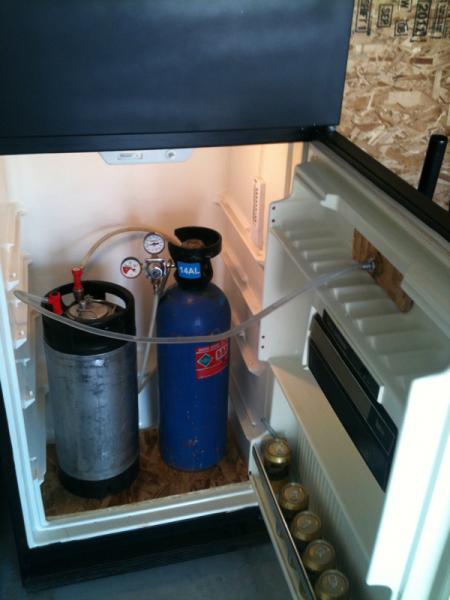Canadianbrewer2012
Well-Known Member
- Joined
- Apr 11, 2012
- Messages
- 92
- Reaction score
- 1
I just made my first attempt at kegging an American Style Light ... I did everything I thought I was supposed to ... Once the beer was in I let it cool in the fridge over night... I hooked it up to 30# and rocked it for 10 min... I lowered the pressured to 10# or so for serving and it was basically all foam ... when it cleared I tried it and it WAS carbonated slightly but not near enough ... I hooked it back up and tried again rocking with 30# for 5 more minutes ... Tried it and still basically all foam out of the tap and flat beer... I have gone back an forth like this a couple times .. My beer is flat and I get nothing but head when I open the tap .. I want my beer more carbonated but I can't poor one as it is with all the head ... I'm ready to give up but I have spent a lot of money on my kegerator to give up now... If anyone has any suggestions I would love to hear it cause I am feeling defeated at the moment.... and now when I open the tap my beer seems like it has more head and less carbonation to the beer I DON'T GET IT! Here is a couple pictures of my set up ...







